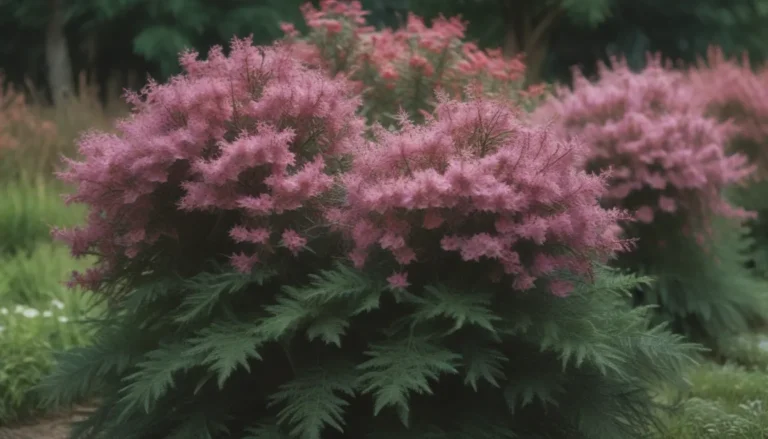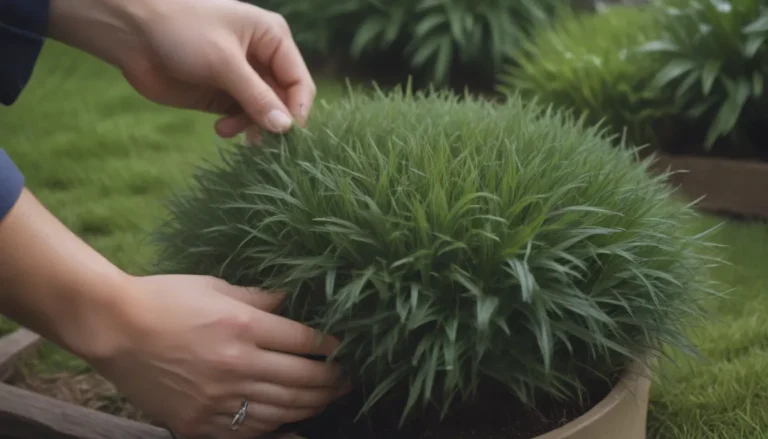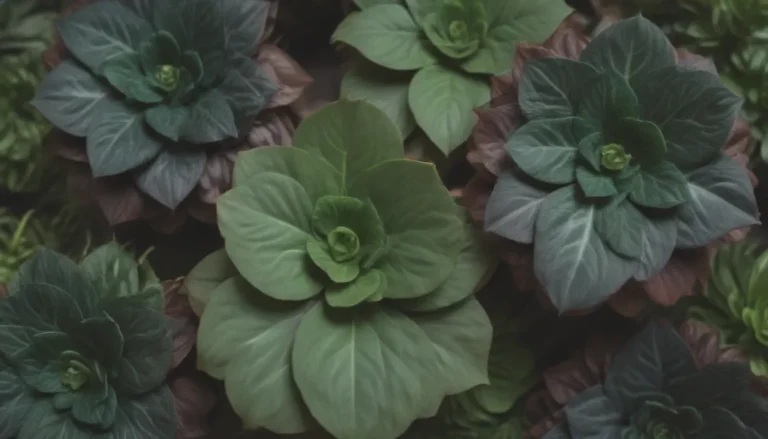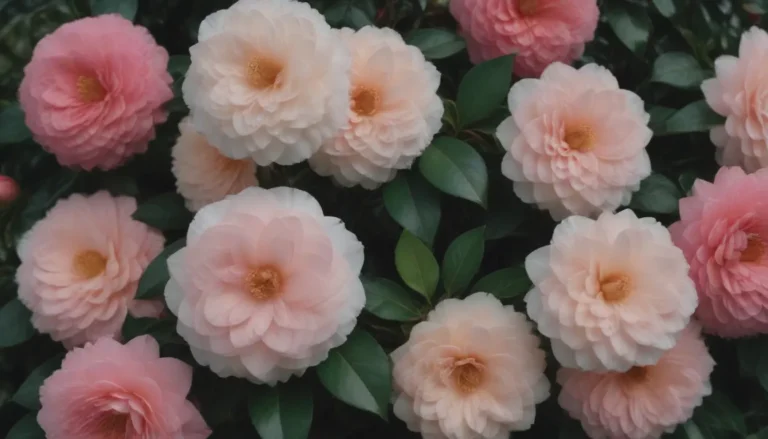Everything You Need to Know About Planting, Growing, and Caring for Beautiful Tulip Flowers

Tulips are a beloved flower known for their vibrant colors and cup-shaped blooms. They are a staple in gardens and landscapes, adding a touch of elegance and beauty. If you’re considering adding tulips to your garden or you already have some and want to learn how to care for them properly, you’ve come to the right place. In this comprehensive guide, we will cover everything you need to know about planting, growing, and caring for tulip flowers. Let’s dive in!
Understanding Tulips
Tulips are iconic bulbs that typically bloom in April or May, ushering in the spring season with their colorful display. They come in a wide range of hues, with hybrids available in every color except true blue. Most tulips feature single cup-shaped blooms on each stem, although there are variations with multi-flowering, ruffled, fringed, or double blossoms.
Planting Tulips
Planting tulips is relatively straightforward, but there are some key considerations to keep in mind to ensure they thrive in your garden. Here are the steps to plant tulip bulbs:
- Timing: Plant tulip bulbs in the fall, around 4 to 8 inches deep in well-drained soil.
- Spacing: Space the bulbs 2 to 5 inches apart, with the pointy end facing up.
- Sunlight: Tulips thrive in full sun and prefer locations with well-drained soil.
- Perennialization: Some tulips can come back year after year if they experience a winter chill period in cold-weather zones.
Growing Tulips
Once planted, tulips require proper care to ensure they grow and bloom beautifully. Here are some essential tips for growing healthy tulips:
- Light: Tulips prefer full sun, making them ideal for early spring bloom beneath deciduous trees.
- Soil: Plant tulips in rich, well-draining soil with a neutral to slightly acidic pH.
- Water: Water bulbs thoroughly after planting, then only during dry spells to prevent rot.
- Temperature and Humidity: Tulips thrive in cool-to-cold winters and dry, warm summers, typically in USDA zones 3 to 8.
- Fertilizer: Add compost, bone meal, or granular fertilizer when planting, and feed them again the following spring.
Caring for Tulips
Proper care is essential to ensure your tulips thrive and bloom year after year. Here are some key care tips for healthy tulips:
- Pruning: Remove flower stalks after blooming to prevent seed pod development.
- Propagating: Divide bulbs every 3 to 5 years to promote growth and blooming.
- From Seed: Propagating tulips from seed is possible but requires time and patience.
- Potting: Tulips can be grown in pots for indoor or outdoor display with proper chilling periods.
- Overwintering: In cold-winter zones, tulips require no special protection but avoid overwatering in fall.
Tulip Symbolism and Fun Facts
Tulips hold various symbolic meanings and interesting facts that make them even more fascinating. Understanding the symbolism and classification of tulips can provide deeper insight into these beautiful flowers.
Tulip Classifications and Types
Tulips are classified into 15 official groups based on shape, size, bloom time, and genetic origin. From single early to double late varieties, there is a wide range of tulip types to choose from. Some popular hybrids include ‘Purissima,’ ‘Prinses Irene,’ and ‘Vanilla Coupe.’
Tulip Bloom and Care Tips
Knowing how to encourage and maintain tulip blooms is essential for a successful display in your garden. Here are some key tips for tulip care and blooming:
- Bloom Months: Tulips typically bloom in April or May, with foliage appearing in March.
- Bloom Duration: Tulips bloom for 1 to 2 weeks, with longevity dependent on temperature.
- Encouraging Blooms: Provide ideal growing conditions, including sunlight, soil, and proper care.
- Deadheading: Remove faded flowers to conserve energy for bulb development.
- Aftercare: Allow foliage to die back naturally, then store bulbs for replanting in the fall.
Common Problems and Solutions
While tulips are relatively low-maintenance, they may face common issues such as pests and diseases. Identifying and addressing these problems promptly can help maintain healthy tulip plants. Some common problems include:
- Tall Varieties Flop Over: Stake tall tulip varieties to prevent stem collapse.
- Plants Collapse at Ground Level: Ensure well-draining soil to prevent root or stem rot.
- Foliage Is Twisted, Distorted: Address fungal diseases promptly to prevent spread.
- Flowers Are Streaked, Distorted: Remove affected plants to prevent the spread of tulip virus.
In conclusion, tulips are stunning flowers that can brighten up any garden or landscape. By understanding how to plant, grow, and care for tulips properly, you can enjoy their beauty year after year. Whether you’re a seasoned gardener or a beginner, incorporating tulips into your outdoor space can bring joy and color to your surroundings. With the right knowledge and care, you can cultivate a stunning display of tulips that will enchant you and your visitors every spring. Happy gardening!





